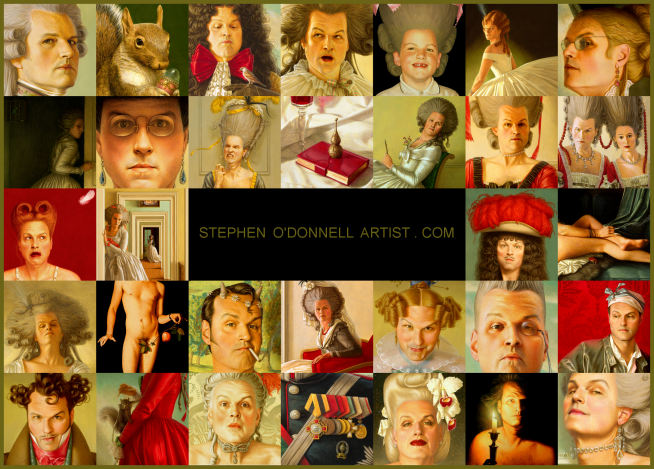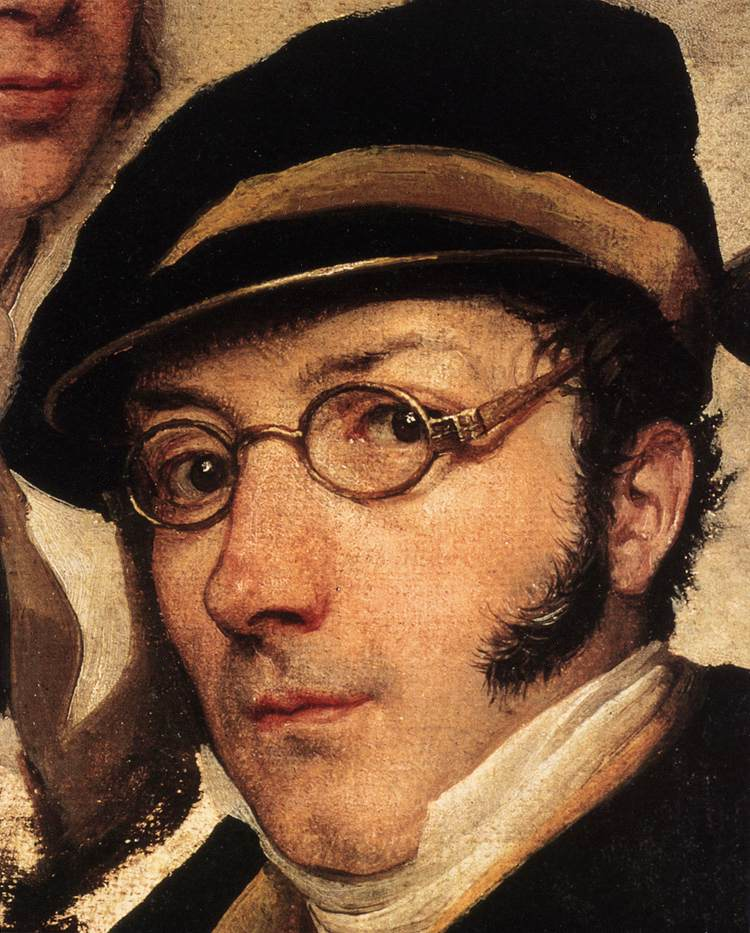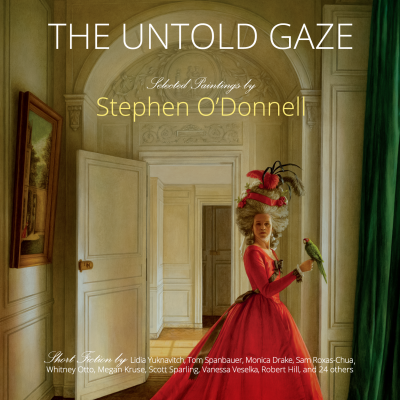The thirty-six year old Hayez included four friends in his self-portrait: on the left, the painters
Pelagio Palagi and Giovanni Migliara (in profile) and, on the right, the painter Giuseppe Molteni (in the hat) and the writer Tommaso Grossi, all of them important representatives of Milanese
Romanticism. The painting would appear to relate to a dinner party held in 1824 to celebrate Hayez' recovery after a long illness, at which his friend Grossi recited his poem
Il Brindisi (The Toast). The date of 1827, visible at bottom left is not by the artist's hand, and it's likely that the group portrait was painted at a date closer to the friend's banquet.
 |
| Giovanni Migliara (15 October 1785, Alessandria - 18 April 1837, Milan). |
 |
| Pelagio Palagi (25 May 1775, Bologna - 6 March 1860, Turin). |
 |
| Giuseppe Molteni (1800, Milan - 1867, Milan). |
 |
| Tommaso Grossi (20 January 1791, Bellano - 10 December 1853, Milan). |
*
Francesco Hayez (10 February 1791, Venice – 21 December 1882, Milan), Italian painter, the leading artist of the Romantic movement in mid-nineteenth-century Milan, renowned for his theatrical history paintings, political allegories, sensual female nudes, and elegant and austere portraits.





















































